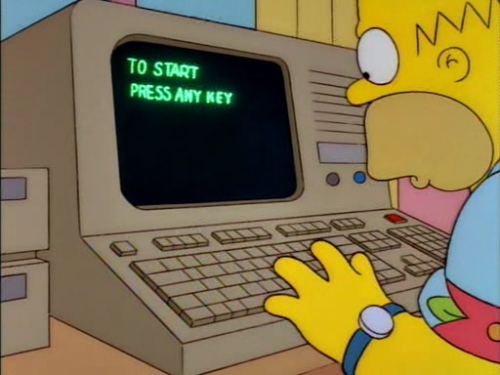Can you identify the following logos?
click on the logo to see if you're correct
Having a distinct and consistent aesthetic is important for any company but essential for larger companies/brands who have a vast portfolio of products.
Below is an example of how particular they were when looking at their new consistent look - they even specify the shadowing for icons.
Companies, brands, even individuals would be wise to take Google's example and set umbrella guidelines for how you will appear to the world - just make sure to set this in place earlier than Google did. As marketers, your dream is to have a product that is easily recognizable. That share of mind is invaluable. If you don't have a consistent aesthetic across all your products, the customer must work harder. This is rarely a good strategy.
Some things to keep in mind...
- You want your appearance to match your company/style/products/emotion you're trying to convey.
- Simple is better - limit colors, fonts to as few as possible
- Ensure it is representative of brand and product
When you boil it down and do everything right, the customer should be able to recognize your brand from just a logo or even partial logo. We are able to intuite just from the coloring of the Google Wallet logo that it is a Google product.
This should be the aim of everyone company. The easier it is for a customer to recognize a product, the higher the potential likelihood that the customer may buy/consume/hire/download it.
For a deeper look into Google's design guidelines, you can find them here:






























